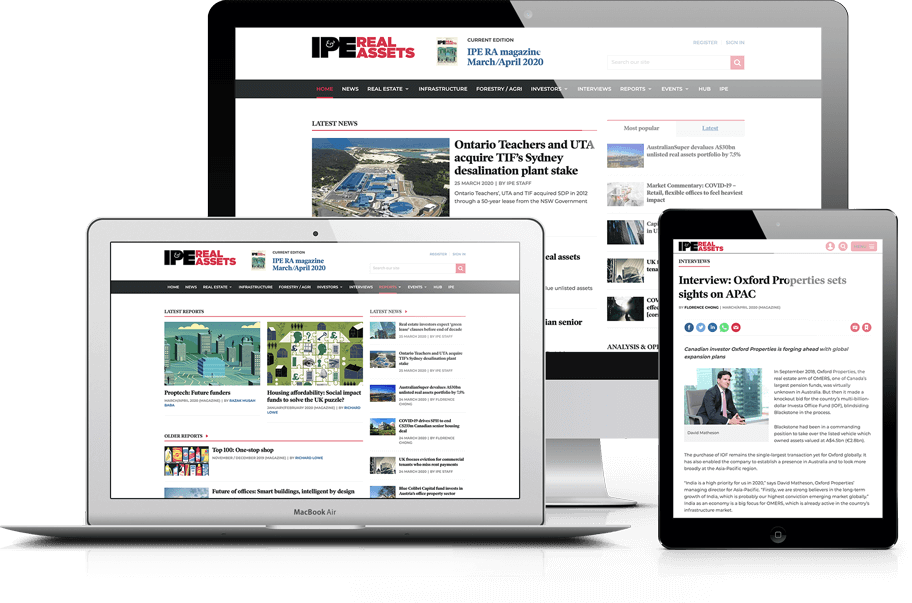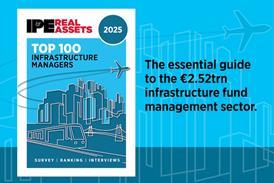Column: Same destination, better directions
December 2008 marked a milestone for the non-listed real estate funds industry. The introduction of the INREV Guidelines established the code of conduct for professional standards as a crucial first step towards greater cohesion and consistency. It had always been our intention to review and update the guidelines after three ...
You have now reached your article limit
Already have an IPE Real Assets account? Sign in
PropertyEU has merged with IPE Real Assets
If you had a PropertyEU account, simply reset your password to get access to IPE Real Assets.
New users can Register for free today for access to the PropertyEU Archive and IPE Real Assets.
Registration also includes access to IPE

Five reasons to register today
- Access IPE Real Assets articles
- Daily news alerts and updates
- Track what the world’s leading institutional investors are doing
- Learn about the latest industry research and market analysis
- Comprehensive archive of data and intelligence on investors and fund managers, including the PropertyEU Archive




